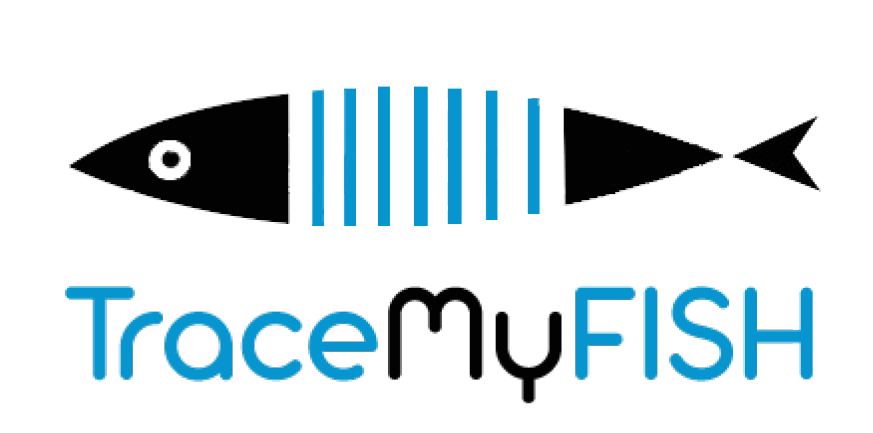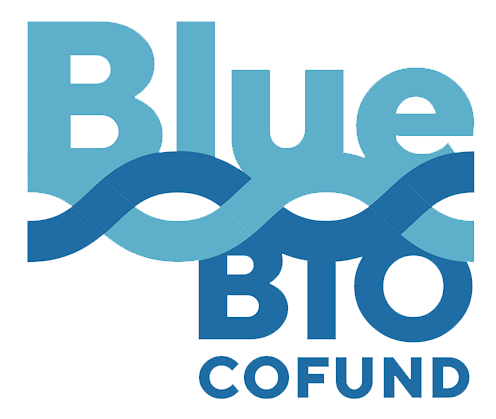The Gilthead Seabream/Seabass Value Chain
Value chain definition
The gilthead Seabream and European Seabass value chains are defined along the “voyage” of the product from farming to the end customer ( please refer to Figure 1). Avramar has a market “core”, which is Greece, Italy and Spain and at the next level has also some existing markets where they foresee to expand more (i.e. France and Germany, going beyond the Mediterranean). At the next level of international markets there is North America where there is a particular interest for Avramar’s products since U.S. has embraced the Mediterranean diet quite diligently, beyond the Italian and Greek communities. Thus, Mediterranean diet is a very interesting platform that’s highly appealing, exhibiting great potential in the U.S. and Canada.
Eighty five percent of aquacultural production of gilthead seabream (Sparus aurata; hereafter seabream) in Europe and other countries mostly takes place in floating cages (Basrco, Lovatelli, & Garcia, 2011)[1]. Production in 2013 was estimated to be 179,924 tonnes [2], while the main European producers are Greece (42%), Turkey (23%) and Spain (9%). Just over 93% of the seabream produced along the Spanish Mediterranean and Atlantic coasts comes from offshore cages, which are exposed to storms and strong hydrodynamic conditions. The initial part of the value chain in aquaculture in general, but also in seabass and seabream production specifically, includes the total activities related to farming.
At first, a significant branch of this step is the suppliers. This group includes -among others- feed manufacturers, equipment, and pharmaceutical suppliers as well as energy supply. Additionally, seed production is considered as an important procedure, including hatcheries and nurseries, followed by the fish farming up to their harvest. The processing after harvest could be divided in primary and secondary processing. Procedures such as cleaning, grading, gutting, and packaging are included in the primary processing, while filleting, smoking, retail packaging and preparation of ready meals are regarded as secondary processing’s activities/treatments. The retail of the products consists of the distribution of them, including transport, warehousing and export/import operations as well as multiple retailers’ involvement, fishmongers and food service, whilst the last – but equally important – part is the end-consumers.

User requirements for non-destructive and destructive methods for tracing hazards
As being the fastest growing food-producing sector in the world, Aquaculture continues to develop, expand and intensify, working towards “maximizing economic growth whilst minimising production costs, optimising resource use, minimising environmental impact and ensuring the quality of the aquaculture product”. The development of the aquaculture sector is strongly influenced by markets, trade- and consumption preferences, with a clear demand to produce safe, high-quality products.
Sustainable growth and responsible production in aquaculture thus require the involvement of producers in decision-making and regulation processes, to strengthen their self-regulatory power whilst ensuring the production of high-quality and safe-to-consume aquaculture products. Towards this direction, a modification in the current quality systems is required by replacing traditional practices for tracing hazards with rapid, real-time and at the same time efficient technologies.
Traceability systems are subject to independent audits and certification processes. Although retailers claim that they require a functioning traceability system, for product recall and for sustainability reasons. As it is stated, the system should allow product tracing from start to finish (hatchery to plate). Although this is often advertised as being the case, some concerns around its traceability systems are raised. As mentioned in aforementioned sections, the seabass/seabream industry does not have an extended use of sensors in their processing units, apart from some specific cases using sensors for temperature, oxygen and salinity measurements.
Indicative sampling protocol and analytical data acquisition
Assessment I: Microbiological quality of farmed seabass assessed using conventional microbiological methods and multispectral imaging analysis using VideometerLite.
- Task: Assessing the quality of fresh finfish throughout storage at different temperature conditions (0 to 12 °C).
- Material: Industry will provide 5-7 kg per batch of fresh finfish. A minimum of 30 fish will be analysed, with individual weights of no less than 200 g, to perform microbiological and MSI analyses. Moreover, fish of the same species will be obtained from different selling points and will be used for the validation of the results.
- Methods: AUA will perform microbiological analyses, including total aerobes (TVC) and specific microbial groups such as Enterobacteriaceae (e.g., E. coli), Pseudomonas spp., lactic acid bacteria, yeasts, moulds and sulphur producing bacteria throughout the storage at different temperature conditions. Moreover, multi-spectral imaging analysis (MSI) will be evaluated as means of estimating the microbiological spoilage of these fish species.
- Expected output: Estimation of the microbiological quality of specific fish species. Additionally, the acquired spectral data as well as the measurements (counts) of microbial consortium will be used for the development of models related to either fish quality classification or prediction of their shelf life.

